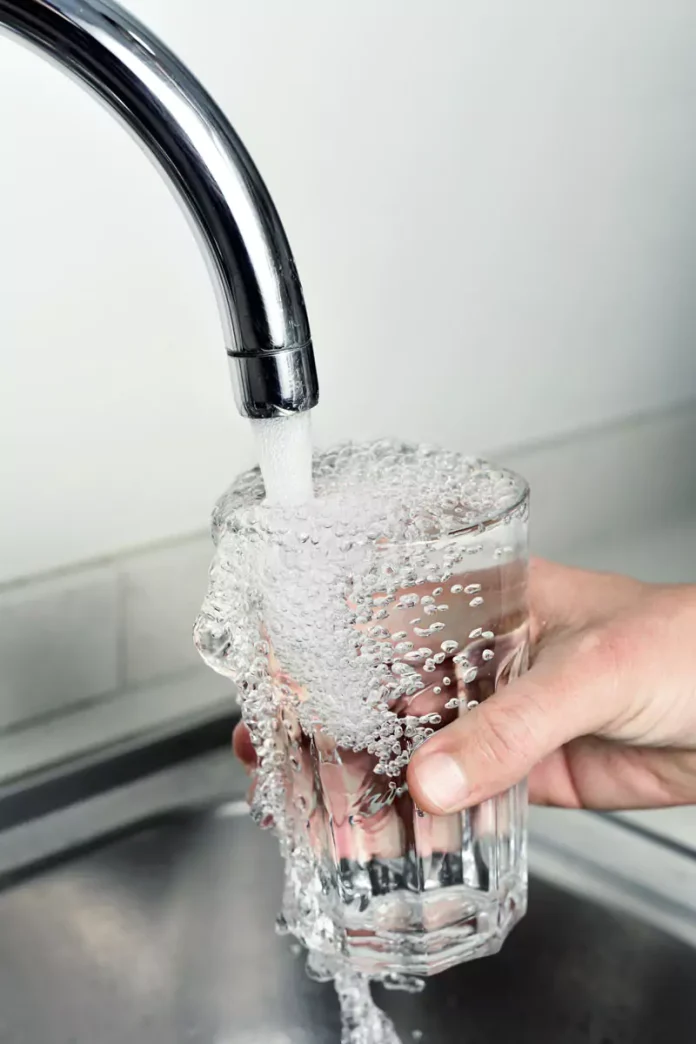Nicola Elardo, MSCE, Environmental Engineer, Weston and Sampson, Inc.
Castine Bernardy, Ph.D. student, Department of Civil and Environmental Engineering, University of New Hampshire
Bailey Jones, MS Graduate Student, Department of Civil and Environmental Engineering, University of New Hampshire
We have begun to gather information on the number of drinking water ultraviolet (UV) disinfection applications developed in the 15-plus years since numerous US federal disinfection-related regulations were enacted during 2006. This database is a work in progress with some very humble beginnings thanks to the willingness of some members in our industry to share their estimates. It is our hope that these data will continue to grow both in precision and accuracy over the next year. Data of this nature can provide a valuable benchmark for many sectors of the UV industry. Since 2006, UV equipment suppliers have estimated that about 1,000 systems have been added. That number is broken down following the EPA designation of system size:
- Very Small water systems serve 25 to 500 people
- Small water systems serve 501 to 3,300 people
- Medium water systems serve 3,301 to 10,000 people
- Large water systems serve 10,001 to 100,000 people
- Very Large water systems serve 100,001+ people
It is estimated that 600 drinking water UV systems have been added in the Very Small and Small categories. Data for these systems can be difficult to obtain and to verify. Also, the Very Small and Small system use of UV disinfection is influenced heavily by state and local health departments as well as state drinking water administrator acceptance. Current estimates are that 325 Medium water systems have added UV disinfection. About 75 UV disinfection systems have been added in the Large and Very Large drinking water system categories.
The acceptance and awarding of credit for UV disinfection systems in drinking water in the US has proceeded slower than most water professionals and the United States Environmental Protection Agency (US EPA) had anticipated. However, slow and steady growth is expected in the next decade, fueled by the Infrastructure Investment and Jobs Act (IIJA) of 2021.
Since UV disinfection for drinking water is evolving constantly, manuals and standards must be updated to reflect the current state of UV technology. In October 2021, the American Water Works Association (AWWA) UV Disinfection Committee held a ballot vote for the revisions made to the F110 Standard – Ultraviolet Disinfection Systems for Drinking Water. All the revisions have been incorporated into the new draft, which has been sent to the AWWA Standards Council for final approval. The finalized standard will available through AWWA and the American National Standards Institute (ANSI) in the next several months.
AWWA F110 sets the minimum requirements for closed-vessel UV disinfection systems and equipment elements used in the drinking water industry to treat Cryptosporidium, Giardia and viruses. The purpose of this document is to help others with the design, procurement, installation and commissioning of UV disinfection systems. The standard covers information on UV reactors, validation and related equipment. The goal of this standard is to provide information regarding the minimum requirements for a UV drinking water system.
Many revisions in this new draft correct and clarify the language used in the document, making it consistent with the UV Disinfection Guidance Manual (UVDGM) published in 2006 by the US EPA. More additions include explained definitions and units of terminology, such as “absorbance at 254 nm, UV transmittance, UV sensitivity” to ensure all parties are aware of the current meanings.
A 2020 estimate of UV disinfection applied to conventional wastewater treatment facilities (POTWs) indicated about 4,000 systems are in operation. Continued growth of UV disinfection systems is expected in the traditional wastewater treatment space as long overdue upgrades, rehabilitations and replacements increase due to the 2021 IIJA. These new wastewater UV systems will undergo more comprehensive validation testing prior to acceptance by owners and their consultants now that the body of knowledge surrounding UV disinfection has increased significantly due to guidance manual development by EPA and NWRI. Global climate change is likely to increase severe drought events, giving rise to more applications of direct and indirect potable reuse. The latter applications will spur increased use of UV technologies for both conventional disinfection and for UV-AOPs installed to address the presence of contaminants of emerging concern (COCs) such as NDMA, 1,4-dioxane and others.
The water field will continue to monitor the rapidly changing research, development and applications in alternative UV light sources, which ultimately may become more sustainable, such as UV LEDs. The results for the first validated UV LED system for drinking water have been published, so the number of UV LED applications is expected to increase. As UV LED systems capable of treating larger water flows become more cost effective and the number of systems with operational data increase, typical due diligence requirements by owners and their consultants can be met, making their acceptance and regulatory approval much easier.
Contact: Nicola Elardo, elardon@wseinc.com, Castine Bernardy, castine.bernardy@unh.edu, Bailey Jones, bailey.jones@unh.edu.
The “One Water” column seeks to highlight the application of UV technologies to the traditional areas of drinking water, wastewater, water reuse, agricultural and industrial process water, and stormwater. The goal of the column is to further evolve the understanding and focus, driven by YP members, on sustainable water – reminding stakeholders that there is one water cycle on earth.






